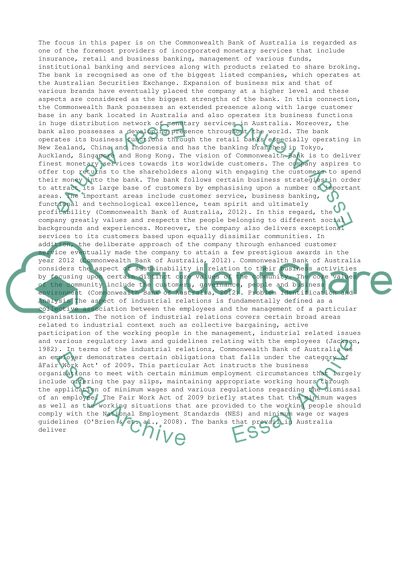Cite this document
(“Industrial relations: the case of Commonwealth Bank of Australia Research Paper”, n.d.)
Retrieved from https://studentshare.org/management/1396653-industrial-relations-the-case-of-commonwealth-bank-of-australia
Retrieved from https://studentshare.org/management/1396653-industrial-relations-the-case-of-commonwealth-bank-of-australia
(Industrial Relations: The Case of Commonwealth Bank of Australia Research Paper)
https://studentshare.org/management/1396653-industrial-relations-the-case-of-commonwealth-bank-of-australia.
https://studentshare.org/management/1396653-industrial-relations-the-case-of-commonwealth-bank-of-australia.
“Industrial Relations: The Case of Commonwealth Bank of Australia Research Paper”, n.d. https://studentshare.org/management/1396653-industrial-relations-the-case-of-commonwealth-bank-of-australia.


